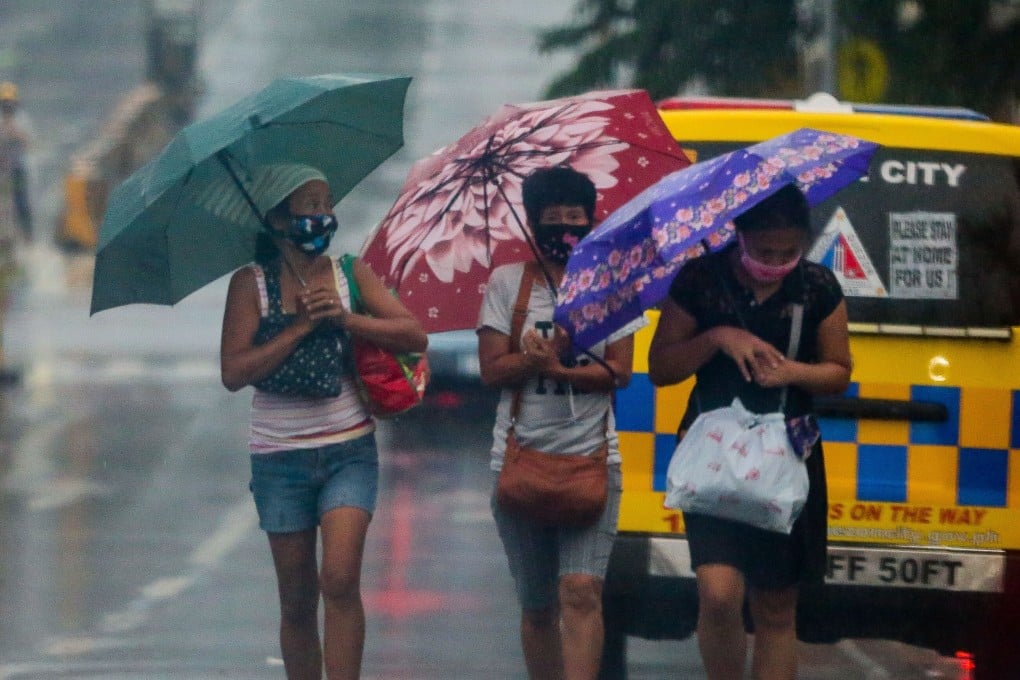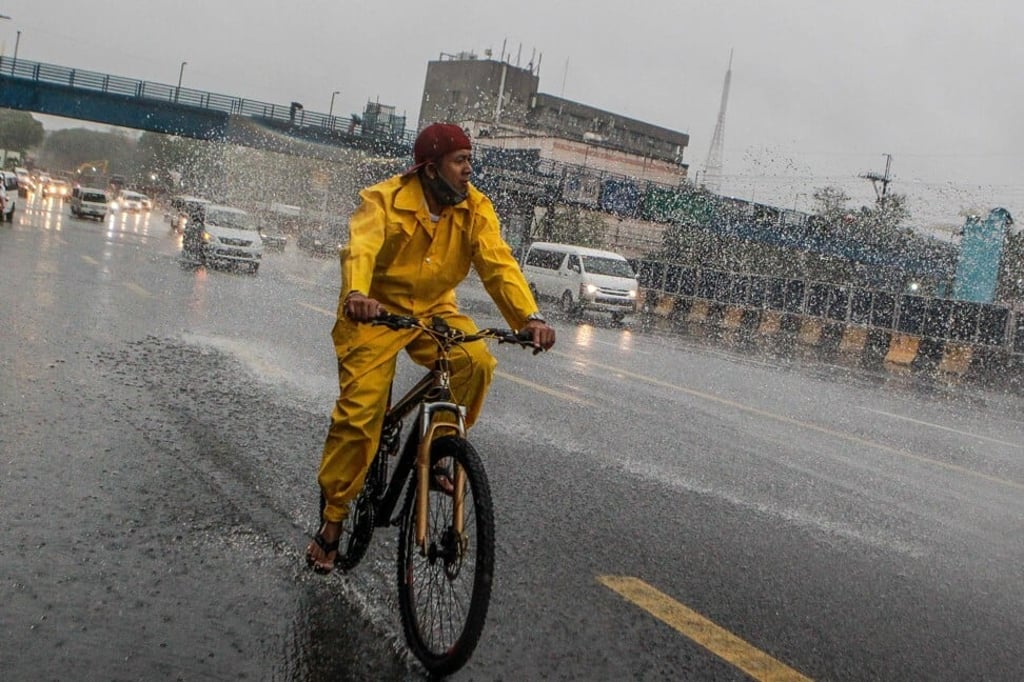Coronavirus: Philippines braces for ‘perfect storm’ as rainy season brings dengue, flu, measles
- Doctors fear the surge in seasonal diseases will overwhelm a health system already struggling to cope with the Covid-19 outbreak
- The government’s pandemic response has come under fire, with top officials often clashing publicly and releasing contradictory statements

Apart from concerns about the capacity of health centres to treat patients, many of the seasonal illnesses, such as dengue, exhibit similar symptoms as the novel coronavirus in the beginning stages, worrying doctors.
“June is [the onset of] the rainy season. That means dengue, flu, measles. And with a pandemic … this will create a perfect storm,” said Dr Benjamin Co, head of the paediatric infectious disease section at the Catholic Church-run University of Santo Tomas Hospital in Manila.
“These are diseases that in the beginning, present in a clinically similar way: fever, colds, cough, sore throat, et cetera. And we may end up mistaking all these patients for Covid-19 patients,” he said. “It will trigger an avalanche of testing which may become expensive for the ordinary people.”
At the nearby Philippine General Hospital, the state-designated Covid-19 referral facility, its spokesman Dr Jonas del Rosario had similar worries.
